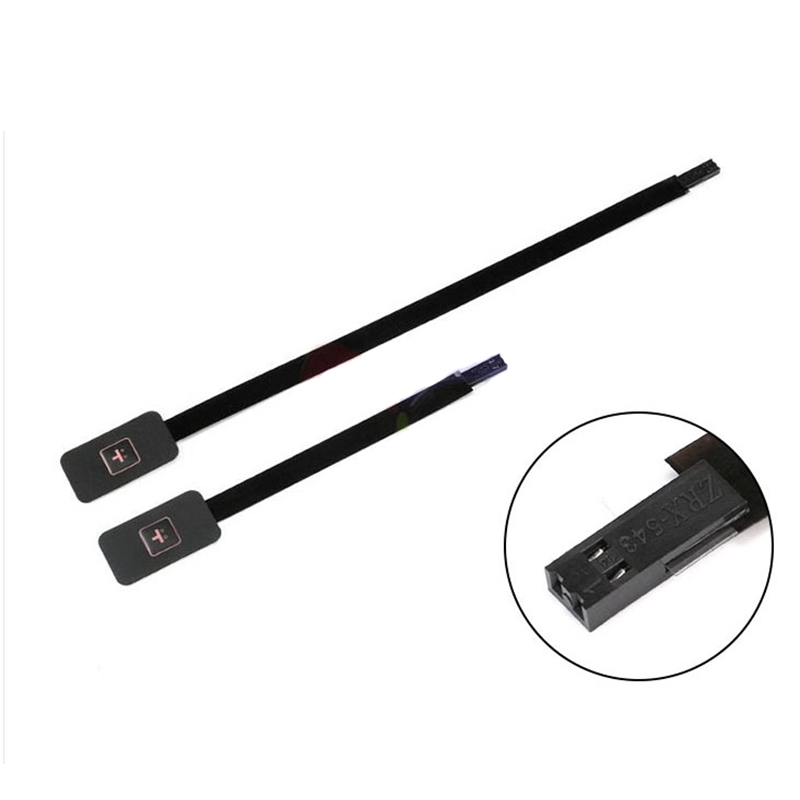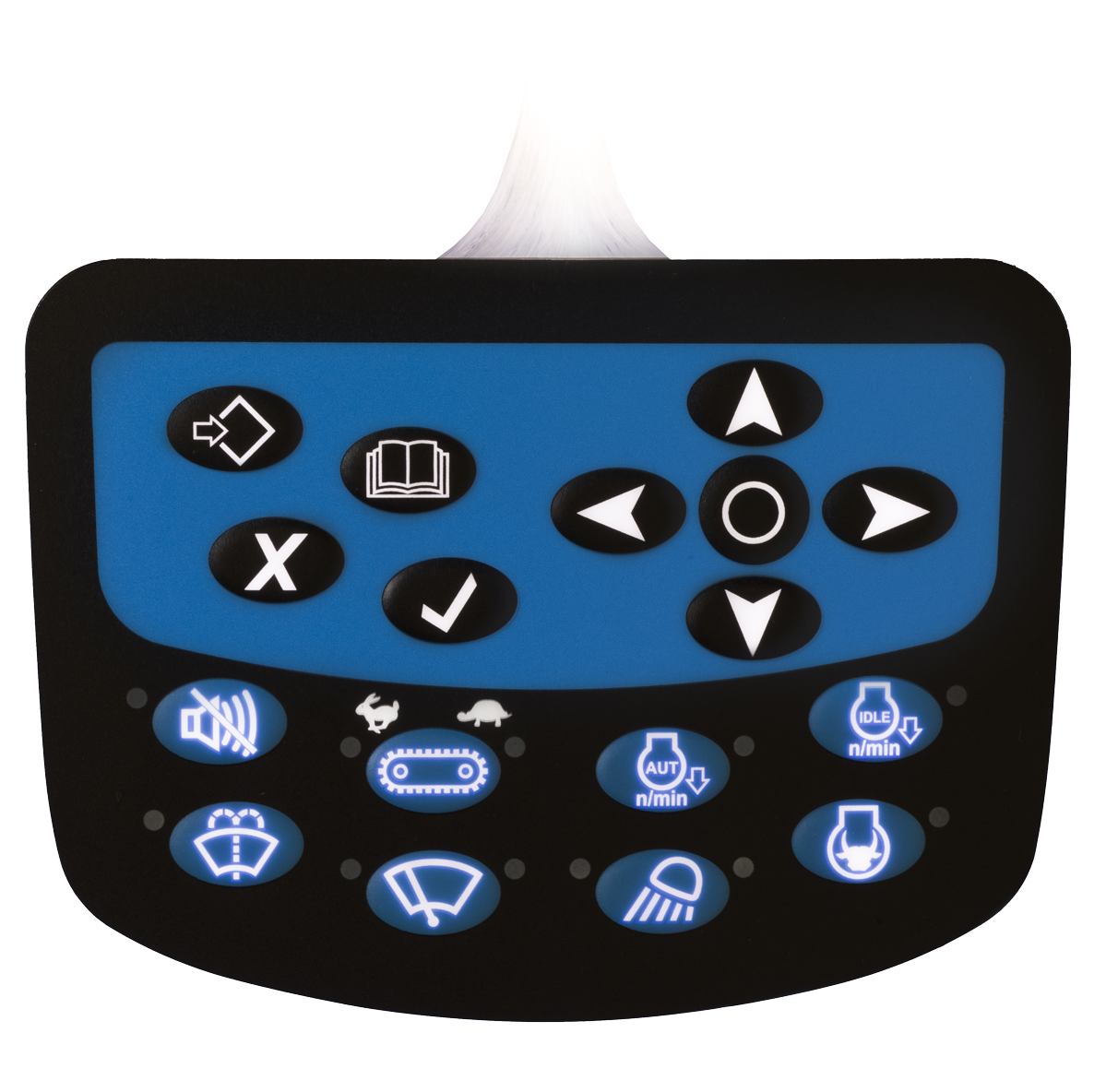How to Pick the Right Membrane Switch for Your Product Design
How to Pick the Right Membrane Switch for Your Product Design
Blog Article
Membrane Switch Over Innovation: The Key to Reputable and Cost-efficient Interfaces
Membrane layer switch modern technology has actually emerged as a pivotal component in the style of user interfaces, offering both integrity and cost-effectiveness throughout a diverse range of applications. As we discover the diverse benefits of membrane layer switches, their capacity for advancement raises inquiries regarding future applications and progressing patterns.
Comprehending Membrane Switch Over Modern Technology
Membrane button technology is a commonly utilized user interface remedy in different electronic gadgets, using a seamless mix of functionality and design. This innovation integrates numerous layers of products, usually including a graphic overlay, spacer layer, and a circuit layer. The visuals overlay presents the interface elements, while the spacer layer divides the circuit layer from the overlay till a user triggers a button.
When pressure is put on the overlay, the circuit layer finishes the electric circuit, sending out a signal to the device. This device permits various setups, including responsive responses and backlighting choices, enhancing individual interaction. Membrane buttons are commonly made using sturdy products such as polyester or polycarbonate, making sure longevity and resistance to environmental variables like moisture and dust.
The flexibility of membrane layer switches allows their application in varied sectors, including clinical tools, customer electronics, and industrial controls. Their compact style enables integration into space-constrained settings, giving an efficient interface without endangering visual charm. Comprehending the intricacies of membrane layer switch modern technology is necessary for suppliers and designers looking for to develop trustworthy and efficient human-machine user interfaces.
Key Advantages of Membrane Layer Buttons
While numerous user interface remedies exist, membrane switches deal distinctive advantages that make them a preferred choice in countless applications. Among the key advantages is their longevity; membrane layer switches are created to stand up to rough ecological problems, consisting of moisture, dirt, and temperature changes, making sure long-lasting efficiency. This strength considerably decreases the need for regular replacements, thereby reducing overall upkeep expenses.

Moreover, membrane layer buttons are light-weight and portable, making them appropriate for applications where area is restricted. Their inconspicuous layout adds to a sleek look without jeopardizing performance.
Cost-effectiveness is likewise a noteworthy benefit, as the production process for membrane layer switches often tends to be less costly contrasted to conventional mechanical switches. This price, integrated with their reliability and convenience of installation, placements membrane switches over as a practical solution for a vast array of markets seeking effective and effective interface.
Applications Across Numerous Industries
How do membrane buttons adjust to the varied demands of numerous sectors? Membrane button technology is progressively identified for its flexibility, making it suitable for a large range site of applications across multiple markets.
In customer electronic devices, membrane layer buttons offer a small remedy for remotes and home appliances, boosting user experience through user-friendly design. In addition, the commercial sector leverages membrane layer switches for machinery control board, taking advantage of their resistance to extreme environments, such as wetness and dirt.
Military and aerospace applications also use membrane layer buttons for their dependability and capacity to endure extreme problems, making sure functional effectiveness in essential circumstances. The food and beverage market takes on these buttons for automated systems, where cleanliness and ease of procedure are vital (membrane switch). Ultimately, membrane layer buttons are tailored to satisfy the unique needs of each market, showing their necessary function in modern technology interfaces
Design and Customization Alternatives

In the realm of membrane layer switch innovation, design and personalization options play a crucial duty in enhancing capability and individual communication. These buttons can be customized to satisfy certain operational demands and aesthetic preferences, making them functional parts in various applications.
Among the key personalization alternatives is the layout of the switch itself, which can be created to accommodate special individual interfaces and ergonomic factors to consider. By changing the form, size, and plan of buttons, suppliers can produce user-friendly layouts that help with ease of use. In addition, the consolidation of various colors and visuals overlays permits branding and boosted exposure, making certain that users can rapidly identify features.
Furthermore, membrane layer switches can be crafted with different responsive comments systems, such as raised switches or distinct clicks, to enhance the customer experience. Various products can likewise be picked for toughness and environmental resistance, attending to aspects such you can find out more as wetness, view temperature level changes, and chemical direct exposure.
Eventually, the extensive layout and personalization choices offered in membrane button innovation empower businesses to produce customized solutions that not just meet practical needs yet additionally align with their branding and functional demands.

Future Fads in Membrane Layer Switches
As membrane switch modern technology remains to progress, future fads are increasingly concentrated on boosting customer experience and integrating innovative capabilities. One considerable pattern is the combination of touch-sensitive and capacitive technologies into typical membrane layer switches. This advancement permits more intuitive individual interfaces, supplying tactile responses while maintaining a smooth layout.
Another emerging pattern is making use of eco friendly products, driven by the growing demand for lasting production methods. Manufacturers are seeking to lower their carbon impact by utilizing recyclable substratums and low-impact inks, aligning with global sustainability goals.
Moreover, the increase of the Web of Points (IoT) is motivating the consolidation of clever functions right into membrane buttons. Boosted connectivity alternatives will allow devices to connect with each various other, permitting smooth combination into more comprehensive systems.
Furthermore, developments in printing technologies, such as digital printing, are permitting better design adaptability and customization. This enables manufacturers to produce detailed styles and vibrant colors cost-effectively.

Conclusion
In conclusion, membrane layer button technology stands for a vital development in user interface layout, using substantial advantages in longevity, modification, and cost-effectiveness. As developments proceed to arise, specifically in touch-sensitive user interfaces and lasting materials, the possibility for membrane layer changes to improve user experience and functionality continues to be promising.
Report this page